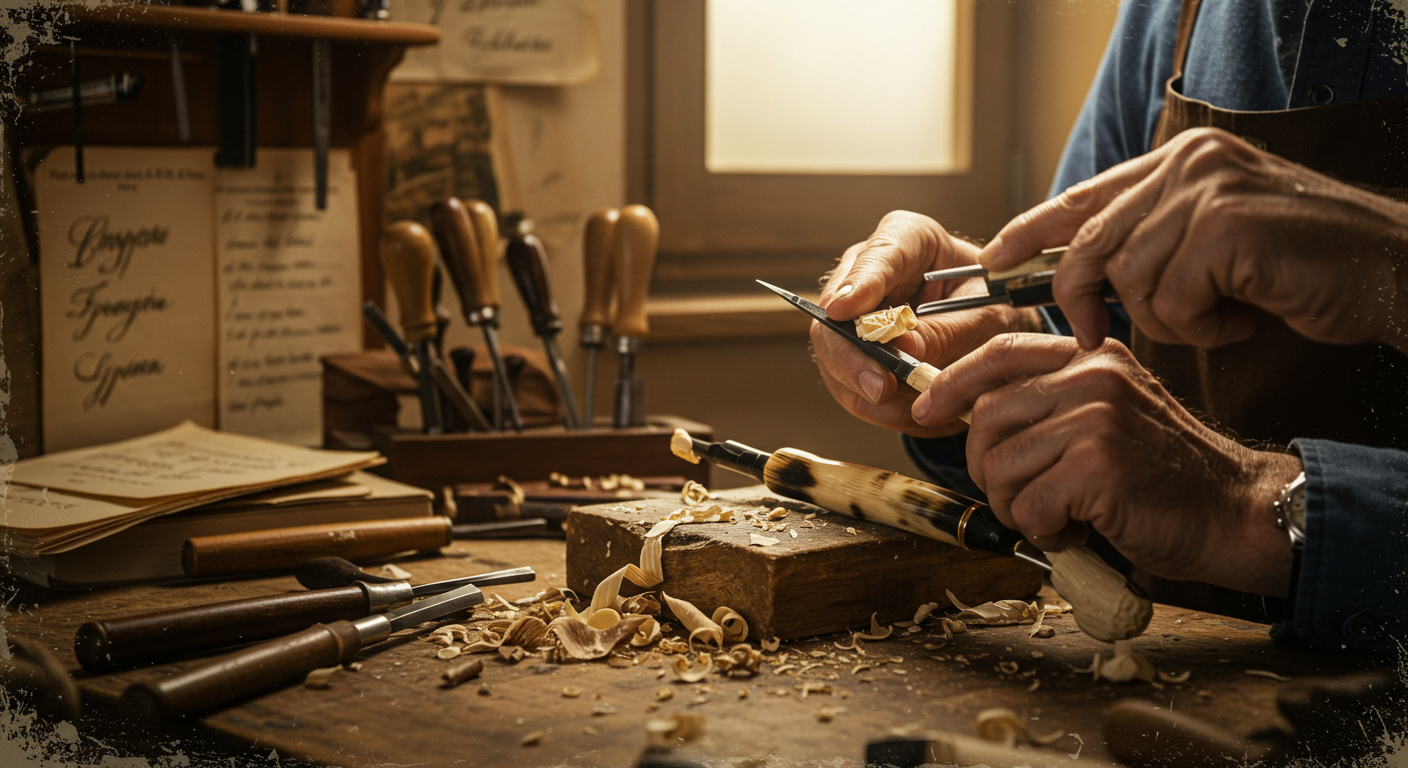Introduction to Calamariere
The term calamariere may seem unfamiliar to many, but its roots trace back to traditional craftsmanship and culinary practices that have stood the test of time. In various parts of the world, calamariere has come to represent both an artistic discipline and a profession deeply connected to cultural heritage. Whether in the preparation of exquisite seafood dishes or the crafting of marine-inspired art, calamariere plays an important role that deserves attention.
In this comprehensive guide, we will explore what calamariere truly means, its historical background, its various applications in today’s world, and how this unique concept continues to inspire different industries.
What is Calamariere?
At its core, the word calamariere refers to a traditional art or profession linked to the handling, crafting, or presentation of calamari and other marine products. In some cultures, calamariere is associated with expert cooks who specialize in seafood dishes, especially squid-based cuisine. In others, it represents artisans who skillfully create tools, decor, or jewelry influenced by the sea.
No matter the interpretation, calamariere symbolizes a deep connection between humanity and the ocean, where skills are passed down through generations to preserve techniques and c.
The Historical Roots of Calamariere
The origins of can be traced back to Mediterranean societies where the sea was central to life, survival, and commerce. Fishermen, cooks, and artists all contributed to what eventually became known as —a respected trade that combined functionality with artistry.
Whether preparing fresh squid for the market or fashioning tools from shells and ocean materials, the was regarded as a master of their craft, integral to coastal economies and cultures.
The Role of Calamariere in Culinary Arts
In the culinary world, describes the meticulous preparation and presentation of squid dishes. This includes:
1. Cleaning and Preparing Squid
A skilled knows how to properly clean, slice, and tenderize calamari to bring out its natural flavors.
2. Cooking Techniques
The craft includes mastering frying, grilling, stuffing, and sautéing calamari, ensuring the dish is both delicious and visually appealing.
3. Plating and Presentation
Beyond taste, a true pays attention to how the dish looks on the plate, turning a simple meal into a work of art.
Calamariere as an Art Form
Outside the kitchen, also represents artisans who create marine-themed jewelry, sculptures, and decorative pieces. This form of involves:
1. Using Natural Materials
Shells, sea glass, corals, and metals are transformed into unique items that capture the beauty of the sea.
2. Symbolic Design
Designs often reflect ocean life, waves, and mythical sea creatures, preserving the cultural lore connected with the sea.
3. Sustainable Practices
Many modern artisans emphasize sustainability, using recycled ocean materials to craft their pieces.
Modern Significance of Calamariere
Today, calamariere is enjoying renewed interest for several reasons:
1. Culinary Revival
Seafood restaurants and chefs are reviving traditional calamari dishes inspired by ancient methods.
2. Artisan Markets
Handmade sea-themed crafts are in demand at coastal markets, where the spirit of lives on in jewelry and art.
3. Cultural Tourism
Tourists visit regions famous for their traditions, taking part in workshops and tastings that showcase this timeless craft.
Benefits of Preserving the Calamariere Tradition
Why is it important to keep the heritage alive? Here are some key reasons:
1. Cultural Identity
The practices associated with preserve local traditions and tell the story of a community’s relationship with the sea.
2. Economic Opportunities
Skilled artisans and chefs can create niche businesses that attract tourists and boost the local economy.
3. Sustainable Living
By focusing on handcrafting and fresh, locally-sourced seafood, promotes environmentally friendly practices.
Challenges Facing the Calamariere Craft
Despite its value, calamariere faces modern-day threats such as:
-
Loss of Traditional Knowledge: Younger generations may not pursue the demanding skills required for calamariere craftsmanship.
-
Mass Production: Machine-made goods threaten the uniqueness of handmade calamariere art and products.
-
Environmental Concerns: Overfishing and pollution jeopardize the natural resources needed for both the culinary and artistic sides of.
How to Support Calamariere Traditions
You can help sustain the legacy of calamariere by:
-
Buying Handmade Products: Choose authentic crafts instead of mass-produced imitations.
-
Enjoying Local Cuisine: Dine at seafood restaurants that honor methods in preparing fresh calamari dishes.
-
Participating in Workshops: Learn from master artisans and chefs to appreciate their skill and dedication.
Calamariere in the Digital Age
Interestingly, the concept of is also finding its place online. Virtual cooking classes, digital marketplaces for handmade crafts, and video content showcasing calamariere techniques are introducing this age-old tradition to a global audience.
Social media platforms are filled with food bloggers and craft influencers who celebrate the lifestyle, making it accessible and relevant to new generations.
Conclusion: The Lasting Impact of Calamariere
In conclusion, is far more than an old-fashioned term—it represents a rich blend of artistry, skill, and cultural expression that continues to evolve. Whether in the form of an expertly cooked squid dish or a beautifully handcrafted marine pendant, remains a testament to humanity’s enduring connection with the sea.
By valuing and supporting the traditions of , we help preserve a vital link to our past while embracing a sustainable, creative future.

